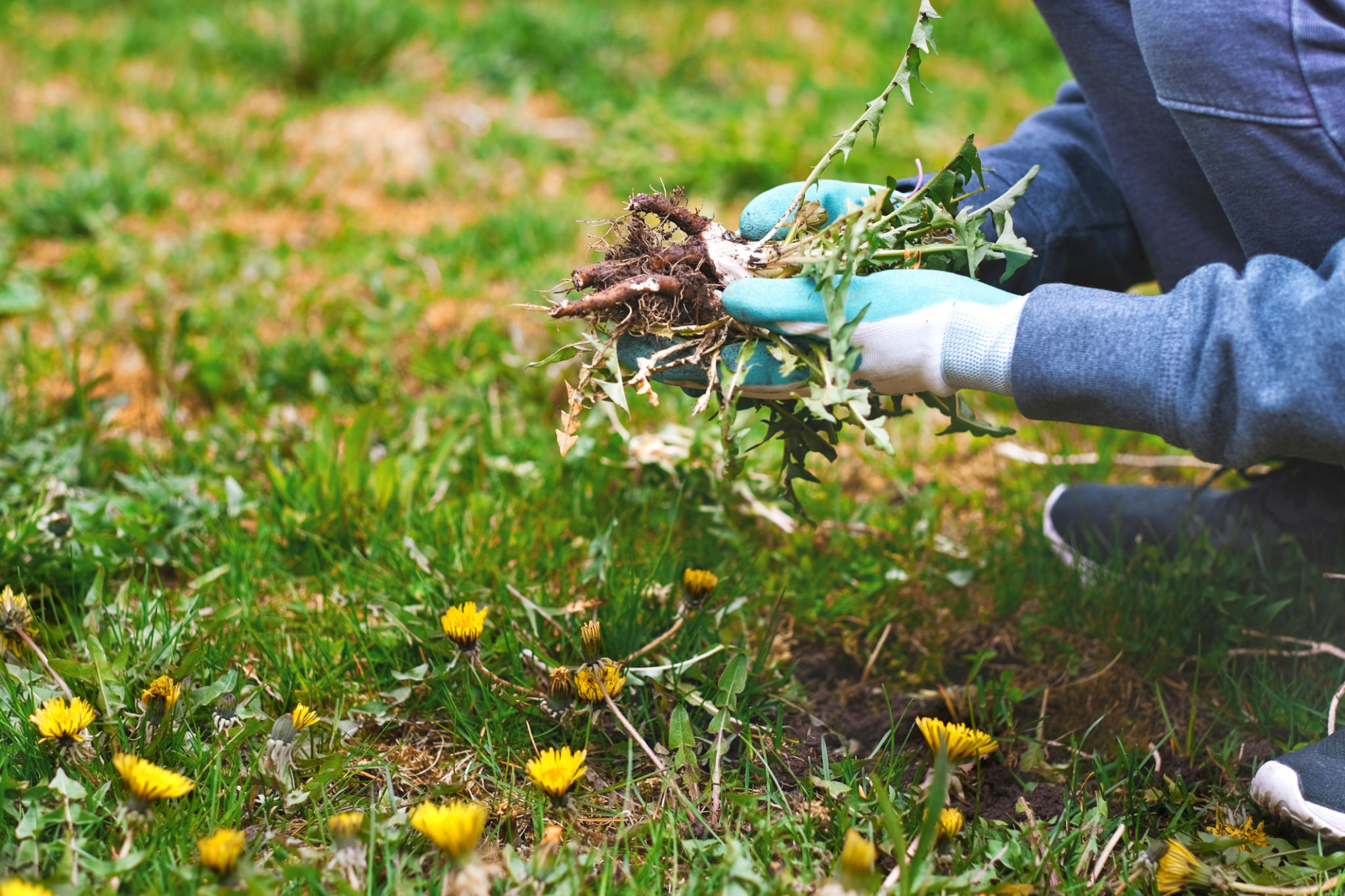Common Garden Design Mistakes and How to Avoid Them
Neglecting Soil Preparation
One of the most common mistakes in garden design is neglecting proper soil preparation. Healthy plants start with healthy soil, and ignoring this fundamental step can lead to disappointing results. Ensure that your soil is rich in nutrients and has the right pH balance for the plants you intend to grow. Conducting a soil test can provide valuable insights into what your garden soil needs.

Amending your soil with organic matter such as compost can drastically improve its structure and fertility. This will not only promote better plant growth but also help retain moisture, reducing the need for frequent watering. Don't overlook the importance of well-draining soil, especially for plants that are sensitive to waterlogging.
Overcrowding Plants
Another frequent error is overcrowding plants. While it might be tempting to fill every available space with greenery, doing so can lead to competition for resources like sunlight, water, and nutrients. This can stunt plant growth and increase susceptibility to pests and diseases.
When planning your garden, consider the mature size of each plant and space them accordingly. This allows for adequate air circulation, which is crucial for preventing fungal diseases. It's also beneficial to stagger planting times to ensure a continuous bloom throughout the growing season.

Ignoring Plant Diversity
A garden with little diversity can quickly become monotonous and less resilient to pests. Incorporating a variety of plants not only adds visual interest but also promotes a healthier ecosystem. A diverse garden attracts beneficial insects and pollinators, which can help keep pest populations in check.
Consider mixing different types of plants such as perennials, annuals, shrubs, and even edibles. Pay attention to the varying heights, textures, and colors to create a more dynamic and visually appealing garden design.

Lack of a Focal Point
Without a focal point, a garden can appear random and disorganized. A focal point draws the eye and provides an anchor for the rest of the design. It could be an ornamental tree, a sculpture, or even a water feature. The key is to choose something that stands out and complements the overall theme of your garden.
When selecting a focal point, consider its placement carefully. It should be visible from different angles and create a sense of cohesion within the garden landscape.
Underestimating Maintenance Needs
Every garden requires some level of upkeep, but underestimating maintenance needs can lead to an overgrown or neglected appearance. Before selecting plants, consider how much time you're willing to devote to tasks such as pruning, weeding, and watering.

Opt for low-maintenance plants if you have a busy schedule. Mulching is another effective strategy to reduce weeds and conserve moisture, making your gardening experience more manageable.
Forgetting Seasonal Changes
A garden that looks stunning in one season might appear lackluster in another if seasonal changes aren't considered. Plan for year-round interest by selecting plants that offer different characteristics throughout the seasons, such as spring blooms, summer foliage, autumn colors, and winter bark or berries.
Incorporating evergreens can ensure that your garden maintains structure even during the colder months. With thoughtful planning, you can enjoy a beautiful garden all year long.